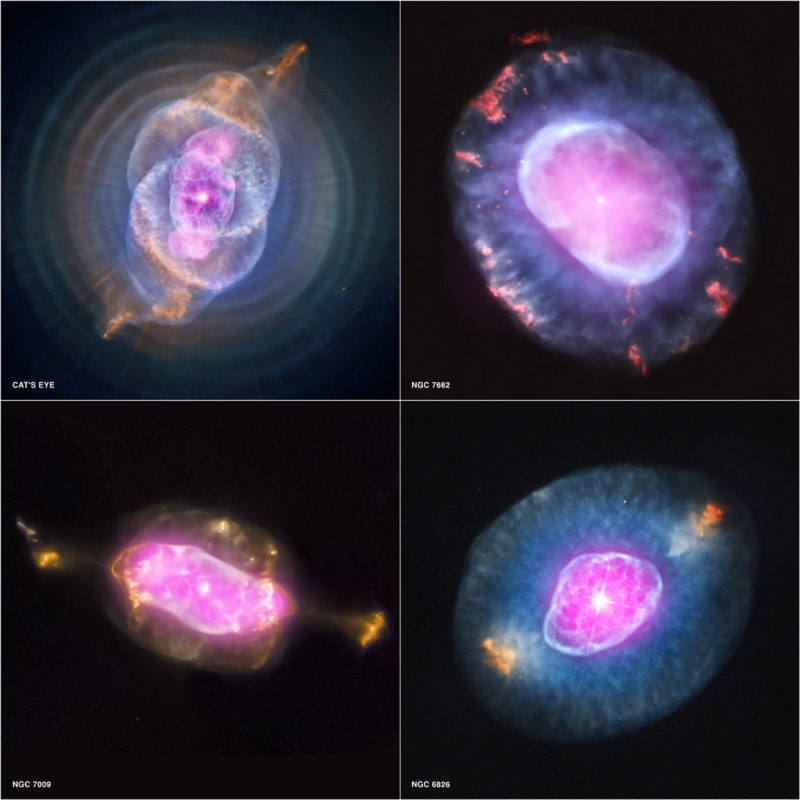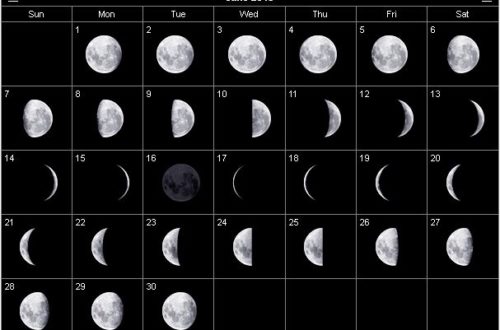What Is the New General Catalogue of Nebulae and Clusters of Stars?

What is the New General Catalogue? It is a reference chart of astronomical objects in the sky, including galaxies, nebulae, and star clusters. Created by John Louis Emil Dreyer in 1888, the NGC index is still used by astronomers today.
What Is the New General Catalogue?
The New General Catalogue of Nebulae and Clusters of Stars (NGC) is a comprehensive astronomical catalog that serves as a reference chart for objects in the sky. This catalog contains information on various celestial bodies, including nebulae, galaxies, and star clusters.
It was first compiled by Danish astronomer John Louis Emil Dreyer in 1888 as an extension to the original General Catalogue (GC) created by John Herschel.
The NGC includes 7,840 objects and provides more detailed information on each object such as its position in the sky and physical characteristics. Each object in the NGC is assigned a unique identifier consisting of the letters “NGC” followed by a number. For example, the well-known Andromeda Galaxy is designated as “NGC 224.”
The NGC remains an essential resource for studying nebulae and star clusters, providing astronomers with invaluable insights into our universe’s vastness.
The Precursors to the NGC
The precursors to the NGC are the Catalogue of Nebulae and Clusters of Stars (CN) and the General Catalogue of Nebulae and Clusters of Stars (GC).
William Herschel, a German-British astronomer, published the Catalogue of Nebulae and Clusters of Stars in 1786, with the assistance of his sister Caroline Herschel, who was also an astronomer. It originally contained 1,000 entries, but it was later expanded to a total of 2,500 entries.
Then in 1864, John Herschel (William’s son) expanded the catalog into the General Catalogue of Nebulae and Clusters of Stars (GC). It contained 5,079 entries.
Finally, the Royal Astronomical Society asked astronomer John Louis Emil Dreyer to compile a new version of the catalog. He did so in 1888 as the New General Catalogue (NGC).
The Index Catalogue as an Expansion to the NGC
Dreyer didn’t stop at the NGC. In 1895 he published the Index Catalogue of Nebulae and Clusters of Stars (IC) and a part two in 1908. It serves as a supplement to the NGC and comprises an extra 5,386 objects known as the IC objects.
The Importance of Astronomy Catalogs in Research
Astronomy catalogs are an essential resource for conducting astronomical research. The New General Catalogue of Nebulae and Clusters of Stars (NGC) is one such catalog that has become a valuable tool for astronomers. With its comprehensive list of astronomical objects, including nebulae, star clusters, and galaxies, the NGC provides a useful reference chart for studying the sky.
The organizational structure of the NGC, developed by John Dreyer in the late 19th century, has stood the test of time and remains a trusted tool for astronomical research today. Thanks to Herschel’s pioneering work on cataloging nebulae and Dreyer’s subsequent expansion of this catalog into the NGC, astronomers continue to benefit from this invaluable resource in their quest for understanding the universe around us.
Conclusion
The New General Catalogue (NGC), crafted by John Louis Emil Dreyer in 1888, remains a vital astronomical guide. Born from the pioneering work of William, Caroline, and John Herschel, this catalog of 7,840 celestial objects endures as a trusted resource for astronomers. Its meticulous organization and detailed insights continue to fuel our ongoing exploration of the cosmos, a testament to the enduring significance of precise cataloging in unraveling the universe’s mysteries.
Read more about some notable objects from the NGC: NGC 281, NGC 891, NGC 2237, NGC 2336, NGC 2359, NGC 2903, NGC 4565, NGC 6523, NGC 6530, NGC 6888, NGC 6960, NGC 6992, NGC 7000, NGC 7023, NGC 7380, NGC 7496, NGC 7822.
Would you like to receive similar articles by email?





